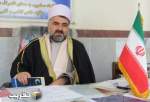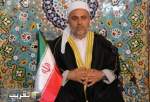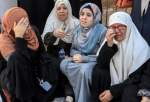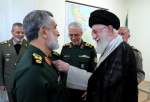An Ohio State University’s research team led by Iranian researcher Nima Ghalichechian is designing “hovering” antennas that could boost cellphone signals and beam images straight to televisions.
26 Nov 2024
- Turkish President slams Israeli gov't for brutality against Palestinians as 'serial murderers'
- Cease-fire deal between Israel, Hezbollah ‘within two days’: Israeli media
- UNRWA says only 6% of Gaza's food needs are being met
- Hamas says stopping Israeli war is ‘top priority’
- World Assembly of Islamic Awakening Condemns Terrorist Attack in Pakistan
- France to apply international law regarding ICC arrest warrant for Netanyahu
- Iranians donate to war-stricken people in Gaza, Lebanon (photo)
- ICC arrest warrant for Netanyahu, a step towards justice for Palestinians
- Leader receives members of Basij volunteer forces (photo)
- Activists in Paris rally in support of Palestinian women in Gaza (video)









